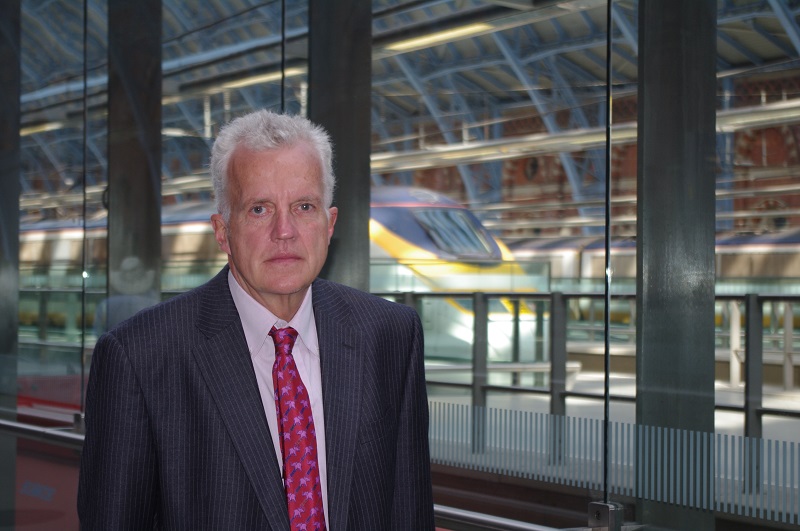The first time I voted in an election was at the GLC elections of 1973 when Labour promised to scrap the ring road schemes that would have turned the centre of London into a bigger version of Birmingham’s bull ring. Labour won and we were left with the Westway over Ladbroke Grove to show what we so narrowly escaped from. There cannot be many people, even the motoring lobby, who today would suggest that I voted the wrong way.
Then fifteen years later, there was another attempt to build roads in London, this time four radial routes to get cars further into London before they hit traffic jams were put forward by the Tories but after much protest withdrawn by Cecil Parkinson in 1990.
I live near Archway where there is the stub of the kind of scheme that would have resulted from these studies. For a brief section, Archway Road is a dual carriageway, turning a small part of London into an urban concrete desert, foreboding and soulless with the two sides of the road linked only by that invention designed to put pedestrians in their place, the underpass. The rest of the scheme was, of course, killed off by the brilliant tactics of the protesters at the Archway Road led by the incomparable John Tyme who died last year and so this ridiculous stub of a scheme simply moves the traffic jam up or down the hill, depending on the time of day. .
These campaigns effectively killed off any attempt to increase the size of London’s road system. No politician today would dare start suggesting these kinds of schemes because the zeitgeist has changed completely. It has become recognised that destroying large parts of towns to put in major roads is environmentally as well as politically unacceptable.
I relate all this because it seems it is still acceptable to put forward huge mega road schemes in the countryside even though in terms of the environmental aspects, let along other considerations such as economic or, indeed, transport, they no longer make sense. Yet, the Department for Transport has just issued draft orders for the A 14 road scheme in Huntingdonshire which involves a combination of new road, widening sections to four or six lanes and creating a massive interchange with the A1. The scheme started out as a £192m project but thanks to what Stephen Joseph the head of the Campaign for Better Transport has called ‘road mission creep’ and the usual increase in costs that dogs all road schemes, it now comes out at £1,200m – and of course that is just an estimate, though it does include the Treasury’s optimum bias – for a mere 22 miles of road, a staggering £60m per mile.
So far the protests of a well-organised campaign group from the village of Brampton, which would be most affected by the proposals, have fallen on deaf ears. Yet, according to Eileen Collier, the leader of the campaign, it will clearly wreck the quality of life of its 6,000 residents. She is quick to highlight the contradiction implicit in government policy: ‘The Highways Agency’s total disregard for the adverse environmental effects – on air quality in particular – of imposing 12 lanes of traffic on our village (114,000 vehicles a day within 300 metres of housing) while Government ministers warn of climate change and urge our children to take environmentally responsible decisions, is breathtaking to say the least.’ She points out that the widened road would lead to other new road linking with it, severely damaging the quality of life of the local residents.
The only coherent explanation for Department’s continued pursuit of a scheme that seems to sit fly in the face of its wider aspirations of carbon reduction and environmental improvement is inertia. At a recent conference I chaired, the speaker from the Highways Agency, Nirmal Kotecha, a member of its executive board, said that the days of the big road scheme were numbered and that the focus was now on better management of the network. The A14 therefore is one of the last dinosaurs, a project that no longer has a coherent rationale in terms of today’s political agenda. Certainly, dropping it will infuriate a few local politicians who see it as a solution to the area’s traffic problems but they must surely realise that they are waging a lost battle. However, the A 14 is unlikely to survive the cull of big projects that is inevitable after the election. It should not, though, be the lack of money that consigns such projects to the dustbin of history, but a recognition that they have no place in the 21st century, just as happened with their counterparts in London two decades ago.
